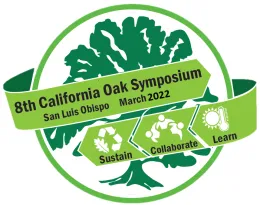#18

José L. Oviedo, Institute of Marine Sciences of Andalusia (ICMAN), Spanish National Research Council (CSIC), Campus Rio San Pedro s/n, 11519, Puerto Real (Cádiz), +34616028881, e-mail: jose.oviedo@csic.es
Lynn Huntsinger, Department of Environmental Science, Policy and Management, University of California at Berkeley
Nathan Van Schmidt, Department of Environmental Science, Policy and Management, University of California at Berkeley
Tracy V. Hruska, Department of Environmental Science, Policy and Management, University of California at Berkeley
Steve Beissinger, Department of Environmental Science, Policy and Management, University of California at Berkeley
It is likely to find a variety of landownership motivations among ranchers and oak woodland owners, from pure profit maximization to absentee types. While this variety of motivations has been often identified in the literature, there are few empirical works that analyzes whether they condition land management and how landowners respond to external drivers that may determine their decision on how to manage land and operations. In this paper, we illustrate this type of analysis by presenting a specific land use problematic in oak woodland area in the sierra foothills of California. We administered a mail survey in 2013-2014 to 466 landowners and ranchers in Nevada and Yuba counties within a study area defined by the distribution of habitat for a water dependent bird, the California black rail, to better understand land management motives and practices and how they might affect wildlife habitat in general, and particularly the habitat of the California black rail. Using factorial analysis, we found up to six different landownership typologies based on up to 24 possible motivations for ownership. Using binary (yes/no) questions included in the survey and logic models, we then analyze the probability of wetland/water area change based on landowner typologies, water sources, water availability, water price and other variables in the context of a severe drought such as that suffered in California, especially in the period 2011-2015. The analysis shows that ownership motivations determine decisions related to the management of shallow wetlands in the rangeland properties of the Sierra foothills. We found a gradient from pure profit maximizer landowner, more likely to take actions putting both wetlands and land operations at risk, to recreation or environmentally motived owners, less likely to do so. Tradition and lifestyle motivations are found halfway between these two ends of the gradient.
